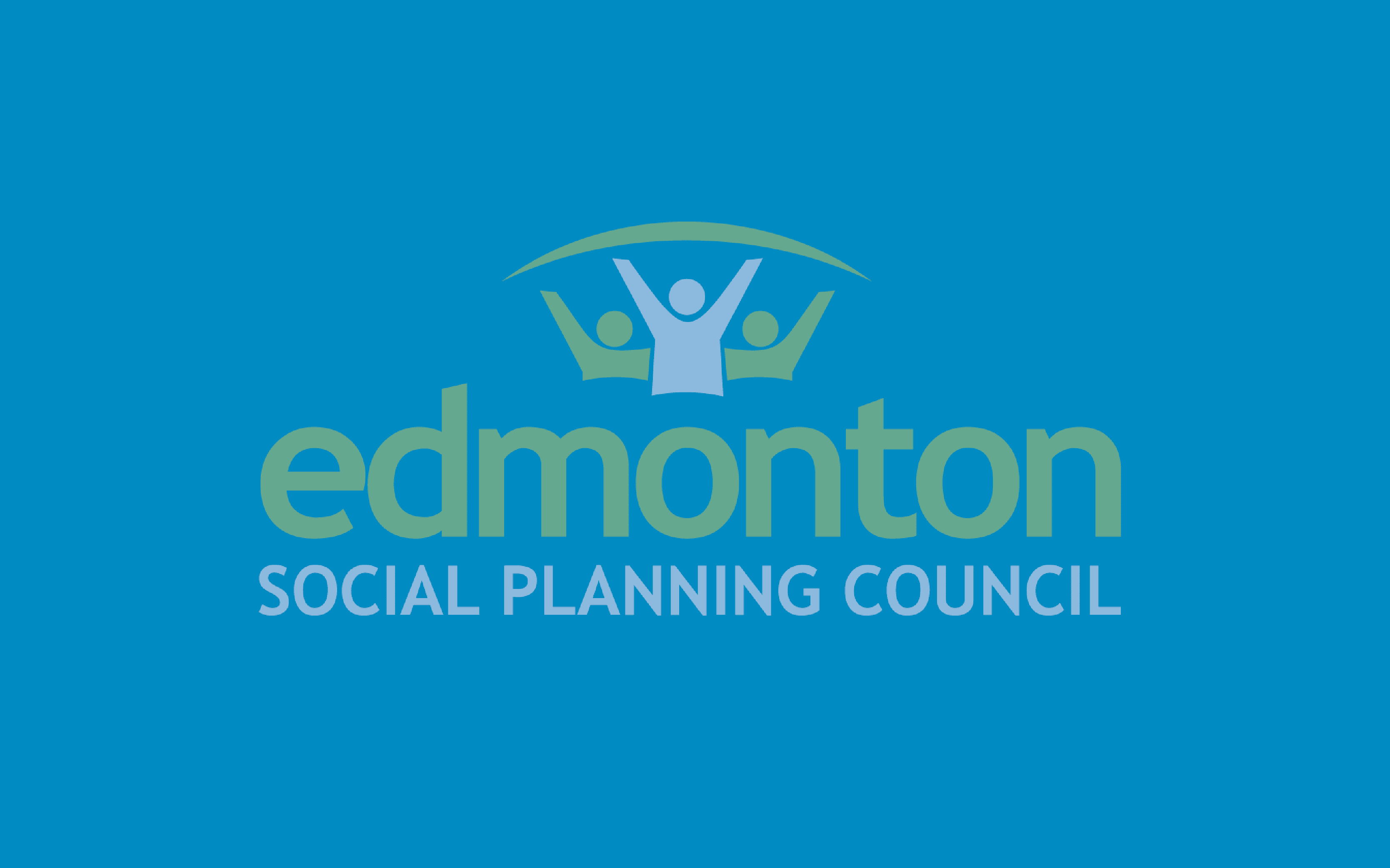[et_pb_section fb_built=”1″ _builder_version=”4.7.0″ custom_margin=”0px||0px||false|false” custom_padding=”0px||0px||false|false”][et_pb_row column_structure=”3_4,1_4″ use_custom_gutter=”on” gutter_width=”1″ _builder_version=”4.7.3″ _module_preset=”default” width=”100%” custom_margin=”0px||||false|false” custom_padding=”3px||5px|||” border_width_bottom=”1px” border_color_bottom=”#a6c942″][et_pb_column type=”3_4″ _builder_version=”4.7.0″ _module_preset=”default”][et_pb_post_title meta=”off” featured_image=”off” _builder_version=”4.7.4″ _module_preset=”default” title_font=”||||||||” custom_margin=”||3px|||” border_color_bottom=”#a6c942″][/et_pb_post_title][/et_pb_column][et_pb_column type=”1_4″ _builder_version=”4.7.0″ _module_preset=”default”][et_pb_image src=”https://edmontonsocialplanning.ca/wp-content/uploads/2020/08/boxes_1.gif” title_text=”boxes_1″ align=”center” disabled_on=”on|off|off” _builder_version=”4.7.4″ _module_preset=”default” width=”100%” custom_margin=”-2px||-1px||false|false” custom_padding=”||7px|||”][/et_pb_image][/et_pb_column][/et_pb_row][et_pb_row column_structure=”3_4,1_4″ use_custom_gutter=”on” gutter_width=”1″ make_equal=”on” _builder_version=”4.7.4″ background_size=”initial” background_position=”top_left” background_repeat=”repeat” width=”100%” custom_margin=”0px|auto|0px|auto|false|false” custom_padding=”37px|0px|44px|0px|false|false”][et_pb_column type=”3_4″ _builder_version=”4.5.6″ custom_padding=”0px|0px|0px|0px|false|false” custom_padding__hover=”|||”][et_pb_text _builder_version=”4.7.4″ _dynamic_attributes=”content” _module_preset=”default” text_font=”||||||||” text_text_color=”#000000″ custom_padding=”||32px|||”]@ET-DC@eyJkeW5hbWljIjp0cnVlLCJjb250ZW50IjoicG9zdF9kYXRlIiwic2V0dGluZ3MiOnsiYmVmb3JlIjoiIiwiYWZ0ZXIiOiIiLCJkYXRlX2Zvcm1hdCI6ImRlZmF1bHQiLCJjdXN0b21fZGF0ZV9mb3JtYXQiOiIifX0=@[/et_pb_text][et_pb_button button_url=”https://edmontonsocialplanning.ca/wp-content/uploads/2020/10/fACTsheet-EI-and-CERB.pdf” button_text=”Download the fACT Sheet: Jobless Benefits During COVID 19″ _builder_version=”4.7.4″ _module_preset=”default” custom_button=”on” button_text_color=”#ffffff” button_bg_color=”#008ac1″ custom_margin=”||19px|||” custom_padding=”||5px|||”][/et_pb_button][et_pb_text _builder_version=”4.7.4″ text_line_height=”1.6em” header_2_font=”Quicksand|600|||||||” header_2_text_color=”#008ac1″ header_2_font_size=”22px” background_size=”initial” background_position=”top_left” background_repeat=”repeat” width=”95%” module_alignment=”left” custom_margin=”44px|0px|2px|-96px|false|false” locked=”off”]
Introduction
The COVID-19 pandemic upended Canada’s economy when public health measures forced the closure of businesses, and millions of Canadians lost their jobs or saw their incomes greatly decrease. It was immediately clear in the wake of this that the eligibility criteria for Employment Insurance (EI)—a federal program which delivers temporary benefits to workers experiencing job loss—was inadequate to cover living costs for the millions of Canadians who were unemployed or working in precarious arrangements.
As a result, the Canadian Emergency Response Benefit (CERB) was implemented in April 2020 to address these gaps. About 4 million Canadians, as of August 2020, were receiving CERB benefits. The program was discontinued on September 27, 2020, with plans to transition these recipients to a modified version of the EI program.
In light of these developments, this fACT Sheet assesses the state of jobless benefits in Canada.
Overview and History of Employment Insurance
Canada first implemented jobless benefits in 1940, then known as Unemployment Insurance (UI). At the time, the program covered non-government regular workers with incomes under $2,000 (about 40% of the labour force), but excluded some categories of workers like seasonal workers most likely to experience unemployment. Eligibility requirements to receive benefits was 180 days of employment or 30 weeks (assuming a 6-day work week). A recipient of UI would receive a wage replacement rate of roughly 60% for the duration of one year if they had previously had five years of continuous employment.
In subsequent years, UI coverage and benefits expanded to include supplemental seasonal benefits as well as assistance for returning soldiers after the Second World War. In the 1950s and 1960s, UI coverage extended to self-employed fishers, and included the introduction of modest sickness benefits and a reduction in the eligibility requirement from 30 to 24 weeks. These changes covered about two-thirds of the labour force.
The UI program was at its most generous by 1971 when coverage was nearly universal, covering 96% of wage- and salary-earning workers. Recipients were given a maximum 75% of insured earnings for those with dependents, and 66% for those without. Eligibility to receive UI was reduced from 24 to 8 weeks. In addition, UI expanded for different benefit categories, such as maternity leave, sickness, and retirement.
Erosion of EI Supports and Eligibility
With concerns over the increasing costs of program administration, governments began chipping away at benefit rates and criteria for eligibility in the mid-1970s. The maximum benefit rate was reduced to 66% in 1975, and a region-based eligibility criteria was introduced in 1977. This meant that the change in eligibility was based on the local unemployment rate (i.e. if the unemployment rate was high, the eligibility threshold would be low; if the unemployment rate was low, the eligibility threshold would be higher). In 1978, eligibility to receive UI increased to 20 weeks of recent employment, and the benefit rate was cut to 60%.
The UI program was further weakened with new measures in the 1990s. The benefit rate was cut further from 60% to 57% for all claimants in 1993, and was reduced again from 57% to 55% in 1994.
In 1996, the program was renamed to Employment Insurance. Alongside the name change, the minimum number of hours worked jumped from 180 (12 weeks at a minimum of 15 hours a week) to 420 hours over those same weeks (an average of 35 hours a week).
By this point, only 42% of unemployed workers were now eligible for benefits. In addition, high-income earners were eligible for more EI benefits (a maximum of $573 per week) while low-income and precarious workers received fewer benefits.
This erosion of benefits, while a challenge for the unemployed in the best of times, was simply untenable by the time the public health emergency upended the livelihoods of millions of workers in Canada.
Canada Emergency Response Benefit
Due to decades of erosion and eligibility criteria changes to EI benefits, and now the COVID-19 pandemic—a surge in applications for income support from jobless or furloughed Canadian workers—showed that the federal government was ill-prepared for such a situation. This was especially compounded by an increase in precarious working arrangements in the so-called “gig economy”—those working low-wage jobs with inconsistent or uncertain hours, many of whom are not typically eligible for EI.
In response, the federal government introduced CERB, providing $2,000 per month in benefits to eligible applicants. To qualify, an applicant must have resided in Canada and be at least 15 years old, earned at least $5,000 in the previous year, and stopped working due to the pandemic. Those still working but who experienced a drop in working hours and income could still claim the benefit if their monthly employment income was less than $1,000.
While CERB represented a pay cut for modest- and high-income workers (which amounts to $500 per week compared to the maximum of $573 per week for EI), the benefit was a pay raise for low-income workers who previously would have received EI benefits of less than $500.
As of September 27, 2020, there were over 8.8 million unique applicants who had received the benefit at some point since the program began in April, with a total of $80.6 billion in benefits delivered across Canada. Over 1 million of these applicants were in Alberta.
While the program was originally conceived as a temporary measure, it saw periodic extensions throughout the spring and summer of 2020. Finally, in August 2020, Finance Minister Chrystia Freeland announced that CERB would wind down by September 27, 2020.
Transitioning to a post-CERB Environment
By the end of September 2020, the government transitioned roughly four million Canadians from CERB to other income support programs, including a modified version of EI. This was an attempt to make benefits available to more Canadians, especially those who would not have previously qualified for EI, adding more than 400,000 people into the system. The modified EI was initially set with a $400-a-week benefit floor, and its eligibility requirements have been reduced to 120 insurable hours. However, in response to pressure from the NDP opposition, the benefit has been increased to $500 a week.
Those who have not transitioned to EI will be eligible for a suite of new benefit programs: the Canada Recovery Benefit (CRB), Canada Recovery Sickness Benefit (CRSB), and the Canada Recovery Caregiving Benefit (CRCB). Applications for the CRB open October 12, 2020, while applications for the CRSB and the CRCB are now available.*
The CRB will provide a benefit amount of $500 per week for up to 26 weeks for workers who are not eligible for EI, mainly the self-employed and those working in the gig economy. The CRSB will provide $500 per week, for up to 2 weeks, for employees who are unable to work because they are sick or must self-isolate due to COVID-19. The CRCB will provide $500 per week, for up to 26 weeks, for households providing care to a family member who is unable to attend a school, daycare, day program, or care facility due to closure or an increased risk if they contract the virus.
According to an analysis from the Canadian Centre for Policy Alternatives, the initial plan would have left 2.7 million CERB recipients financially worse off after the discontinuation of CERB. Recent policy changes for a modified EI and more generous CRB benefits means that about 1.8 million Canadians will now receive more money. These policy changes benefits women in particular, resulting in 1.2 million women receiving the same $500 a week benefit. About 167,000 recipients would have earned much less due to EI benefit claw back benefits of 50% for every dollar earned in employment income. Nevertheless, about 750,000 Canadians would not have received any support from any of the federal programs.
Within Edmonton, of the 139,000 current CERB recipients, about 42,000 of them will still be financially worse-off, 69,000 will fare the same, and 28,000 will be better-off.
Conclusion
In hindsight, the decades long erosion of EI benefits and eligibility criteria before the pandemic made the circumstances of low-wage workers increasingly precarious. The implementation of CERB provided a necessary floor for these workers during the temporary closure of businesses. While the capacity for policy change and revision is now focused on ensuring that more workers will receive support than initially planned, it’s clear more progress is needed to see these benefits return to a level similar to 1971, when access to these benefits was nearly universal. The pandemic has made it very clear that we need to improve our social safety nets.
*Note: details on these benefits continues to evolve. The information in this fACT Sheet is current as of October 8, 2020. Please consult Government of Canada websites for the most up-to-date information.
[/et_pb_text][/et_pb_column][et_pb_column type=”1_4″ _builder_version=”4.7.4″ custom_padding=”0px|20px|0px|20px|false|false” border_color_left=”#a6c942″ custom_padding__hover=”|||”][et_pb_testimonial author=”Posted by:” job_title=”@ET-DC@eyJkeW5hbWljIjp0cnVlLCJjb250ZW50IjoicG9zdF9hdXRob3IiLCJzZXR0aW5ncyI6eyJiZWZvcmUiOiIiLCJhZnRlciI6IiIsIm5hbWVfZm9ybWF0IjoiZGlzcGxheV9uYW1lIiwibGluayI6Im9uIiwibGlua19kZXN0aW5hdGlvbiI6ImF1dGhvcl93ZWJzaXRlIn19@” portrait_url=”@ET-DC@eyJkeW5hbWljIjp0cnVlLCJjb250ZW50IjoicG9zdF9hdXRob3JfcHJvZmlsZV9waWN0dXJlIiwic2V0dGluZ3MiOnt9fQ==@” quote_icon=”off” disabled_on=”on|off|off” _builder_version=”4.7.4″ _dynamic_attributes=”job_title,portrait_url” _module_preset=”default” body_text_color=”#000000″ author_font=”||||||||” author_text_align=”center” author_text_color=”#008ac1″ position_font=”||||||||” position_text_color=”#000000″ company_text_color=”#000000″ background_color=”#ffffff” text_orientation=”center” module_alignment=”center” custom_margin=”0px|0px|4px|0px|false|false” custom_padding=”32px|0px|0px|0px|false|false”][/et_pb_testimonial][et_pb_text disabled_on=”on|off|off” _builder_version=”4.7.4″ _dynamic_attributes=”content” _module_preset=”default” text_text_color=”#000000″ header_text_align=”left” header_text_color=”rgba(0,0,0,0.65)” header_font_size=”20px” text_orientation=”center” custom_margin=”||50px|||” custom_padding=”48px|||||”]@ET-DC@eyJkeW5hbWljIjp0cnVlLCJjb250ZW50IjoicG9zdF9jYXRlZ29yaWVzIiwic2V0dGluZ3MiOnsiYmVmb3JlIjoiUmVsYXRlZCBjYXRlZ29yaWVzOiAgIiwiYWZ0ZXIiOiIiLCJsaW5rX3RvX3Rlcm1fcGFnZSI6Im9uIiwic2VwYXJhdG9yIjoiIHwgIiwiY2F0ZWdvcnlfdHlwZSI6ImNhdGVnb3J5In19@[/et_pb_text][/et_pb_column][/et_pb_row][/et_pb_section]




